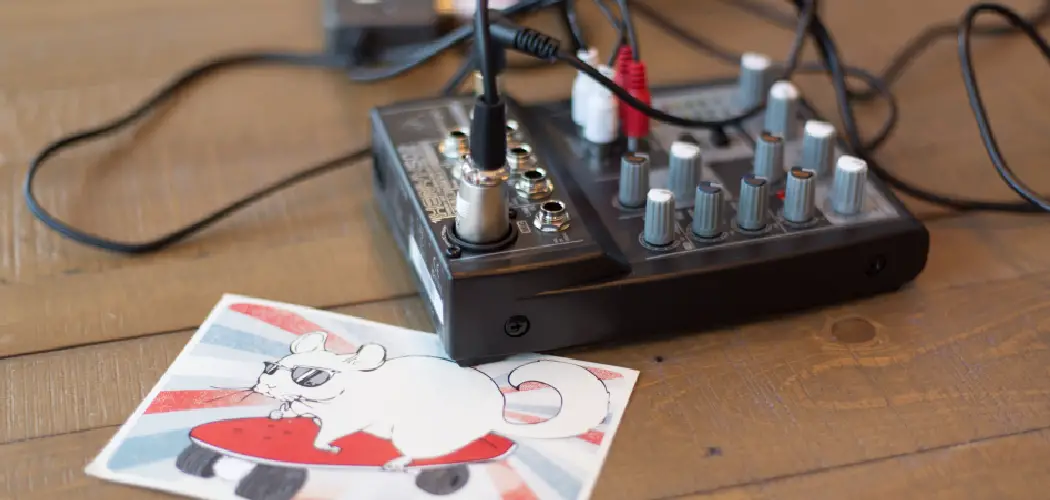There’s nothing quite like the satisfaction of finishing a room makeover. But before you can call it done, you’ve got to take care of the little things – like hiding all your cords. Whether your cords are hanging down from the ceiling or strewn across the floor, we’ve got some easy ways to cover them up, so they’re out of sight and out of mind. Read on for foolproof tips on how to cover electrical cords on the floor!
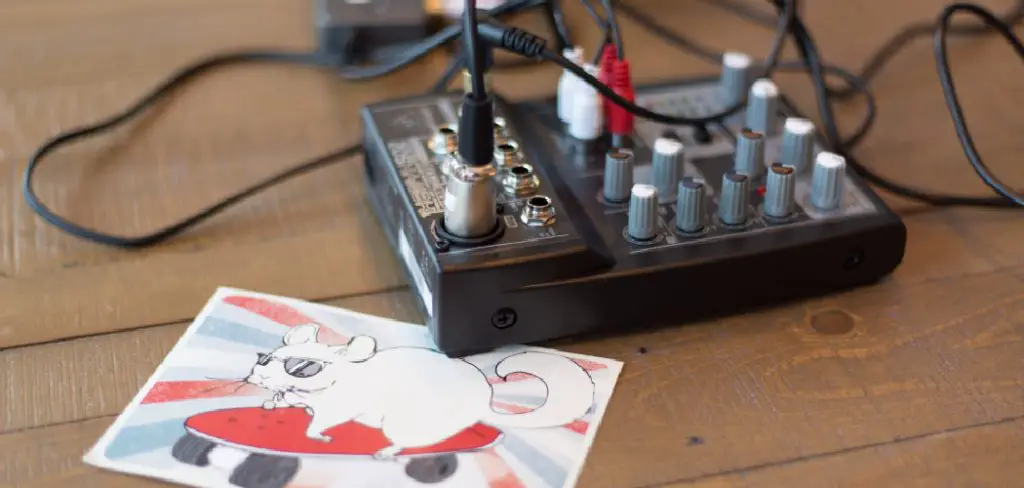
We all know those covering cords is important for safety reasons. But did you know that it can also help your space look neater and more polished? If you’ve ever been to a friend’s house and seen a jumble of cords tangled up in the corner, you know what we’re talking about! Taming your cords can make a big difference in the overall look of your space.
Why Should You Hide Electrical Cables?
Electrical cords and cables are essential to modern life, but they can also be primary clutter sources. Hiding electrical wires can help to give your home a neater appearance and reduce the risk of tripping or accidentally unplugging something. There are various ways to hide electrical cables, including running them along the baseboard or furniture.
If you need to run cables across a floor, you can use cord covers or tape them down. In addition, hiding electrical wires can help to protect them from damage. Pets and small children can unintentionally damage cords that are left exposed, but if they are properly concealed, they are much less likely to be damaged. Consequently, hiding electrical cables is an effective way to reduce clutter and protect your electronics.
A Detailed Guide on How to Cover Electrical Cords on the Floor
Method 1: Floor Cord Covers
A floor cord cover is an electrical cord designed to be laid on the floor and covered with a rug or other flooring material. This offers a safe and efficient way to keep cords hidden and organized while protecting them from wear and tear.
Many different types of floor cord covers are available on the market, so it’s essential to choose the right one for your needs. Consider the following factors when selecting a floor cord cover:
The thickness of the cord cover. Thicker cord covers are better suited for high-traffic areas or areas where pets or small children are present.
The length of the cord cover. Cord covers come in various lengths, so measure the length of your cord before purchasing.
The color of the cord cover. Choose a cord cover that closely resembles the color of your flooring to make it less noticeable.
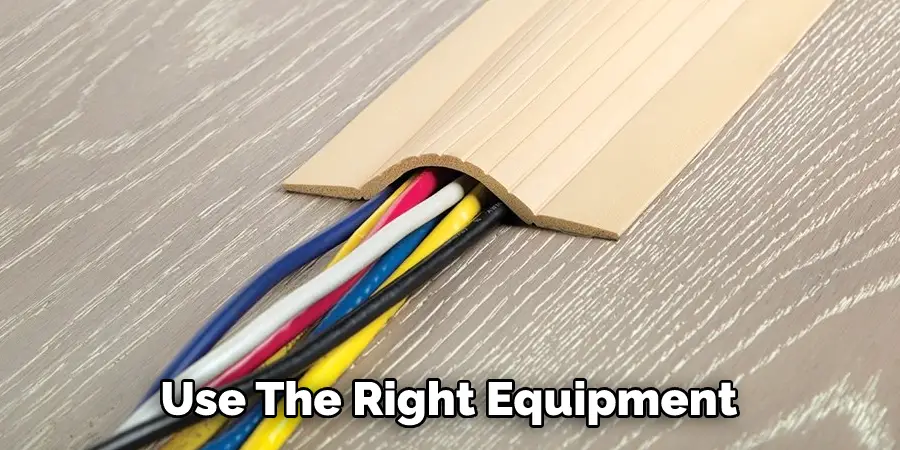
The material of the cord cover. Cord covers are made from different materials, such as plastic, rubber, or vinyl. Each type of material has advantages and disadvantages, so be sure to select the one that best meets your needs.
Things You’ll Need:
- Measuring tape
- Electrical cord
- Floor cord cover
- Rug or flooring material
Step 1: Prepare the Area.
If you’re laying the cord cover on a bare floor, use a measuring tape to measure the length of your cord. Add an extra foot (30 cm) to this measurement to allow for overlap at the ends of the cord cover.
If you’re placing the cord cover over a rug or other flooring material, lay the cord on top of the flooring and determine how much length you’ll need. Again, add an extra foot (30 cm) to this measurement.
Step 2: Cut the Cord Cover
Use a sharp knife or scissors to cut the cord cover to your desired length. Make a clean, straight cut so that the ends of the cord cover fit snugly together.
Step 3: Lay the Cord Cover
Place the cord cover on the floor, ensuring the ends overlap by at least 6 inches (15 cm). If you’re placing the cord cover over a rug or other type of flooring material, be sure to align the cord cover’s edges with the flooring’s edges.
Step 4: Secure the Cord Cover
Use carpet tape, double-sided tape, or another type of adhesive to secure the cord cover in place. Be sure to use a strong adhesive, so the cord cover doesn’t move or shift over time.
Step 5: Trim Any Excess Material
If any excess cord cover is hanging over the edge of the flooring, use a sharp knife or scissors to trim it away.
Method 2: Cord Concealment
If you’re looking for a more permanent solution to cord clutter, consider concealing your electrical cords behind baseboards or in floor drains. This method is ideal for hiding cords that are difficult to cover with floor cord covers.
Things You’ll Need:
- Measuring tape
- Electrical cord
- Baseboard or floor drain
- Drill
- Hole saw attachment (optional)
- Wire loom (optional)
Step 1: Determine the Route
Before drilling any holes, it’s essential to determine your electrical cord’s route. First, use a measuring tape to measure the length of the cord, then add an extra foot or two to account for any turns or curves.
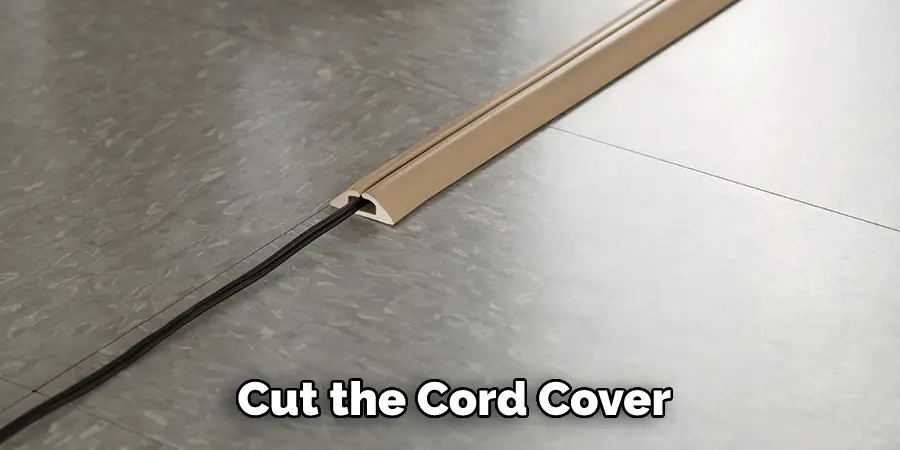
Step 2: Drill Holes
Once you’ve determined the route, use a drill to create holes along the path. For example, if you’re running the cord behind a baseboard, you can drill a hole directly through the baseboard. However, running the cord through a floor drain may require a hole saw attachment to enlarge the opening.
Step 3: Feed the Cord Through
Feed the electrical cord through the holes you’ve drilled, starting from the outlet and working your way to the destination. If you’re using a wire loom, be sure to feed the cord through the loom before feeding it through the holes.
Step 4: Secure the Cord
Once the cord is in place, use tape or wire ties to secure it. This will prevent the cord from being pulled out of the holes or from becoming tangled.
Concealing your electrical cords behind baseboards or floor drains is a great way to eliminate cord clutter. This method is ideal for hiding cords that are difficult to cover with floor cord covers. Drilling holes and feeding the cord through is easy and only takes a few minutes! Plus, securing the cord with tape or wire ties will ensure that it stays in place and doesn’t become tangled.
Method 3: Use Electrical Tape
If you’re looking for a quick and easy way to cover electrical cords on the floor, then using electrical tape is a great option. This method is particularly useful for cords not in high-traffic areas or if you only need a temporary solution.
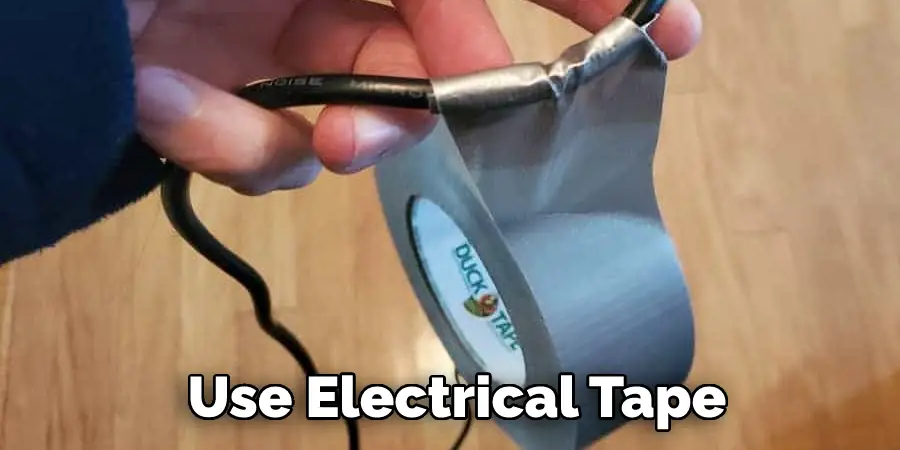
Things You’ll Need:
- Electrical tape
Step 1: Choosing the Suitable Electrical Tape.
When it comes to covering electrical cords on the floor, you need to make sure that you use electrical tape designed for the job. There are various types of electrical tape available, so be sure to select one that is durable and will adhere well to both the cord and the floor.
Step 2: Applying the Electrical Tape.
Once you have the correct type of tape, wrap it around the cord in a spiral pattern, making sure to cover the entire surface. Be sure to overlap the edges of the tape to create a seal that will prevent moisture and dirt from getting under the tape.
Step 3: Test the Electrical Tape.
Once you have completely wrapped the cord in electrical tape, test it out by plugging it in and moving it around to see if the tape stays in place. If it does, then you’re all set! If not, you may need to try a different type of electrical tape or adhesive.
Method 4: Floor Cable Management Systems
There are various ways to cover electrical cords on the floor, but one of the most effective methods is to use a floor cable management system. These systems can be purchased at most home improvement stores and come in various colors and styles to match your décor.
Things You’ll Need:
- Floor cable management system
- Tape measure
- Drill
- Screws
- Level
Step 1: Measuring and Purchasing the Right System
Before installing a floor cable management system, you need to take measurements of the area where it will be installed. This will help you determine what size and style of system you need to purchase.
When taking your measurements, include any obstacles in the area, such as furniture or doorways. Once you have your measurements, head to your local home improvement store and purchase a system that will work for your space.
Step 2: Installing the System
Installing a floor cable management system is relatively easy and can usually be done in just a few minutes. Start by drilling pilot holes into the floor where the system will be installed. Next, use screws to secure the approach to the floor.
Once the system is secure, begin running your electrical cords through it. Be sure to leave enough slack in the cords so they can still be plugged into outlets or devices. When all the cords are in place, use the included cover to conceal them from view.
Step 3: Ensure Safety
Although a floor cable management system will help keep your electrical cords safe, it’s essential to take a few extra precautions to ensure your space is as safe as possible. First, always unplug electrical devices before you start moving them around. This will prevent you from accidentally pulling on cords and causing damage.
Second, regularly check the condition of your electrical cords and replace any damaged ones. Frayed or exposed wires can pose a severe safety hazard, so taking care of them immediately is essential.
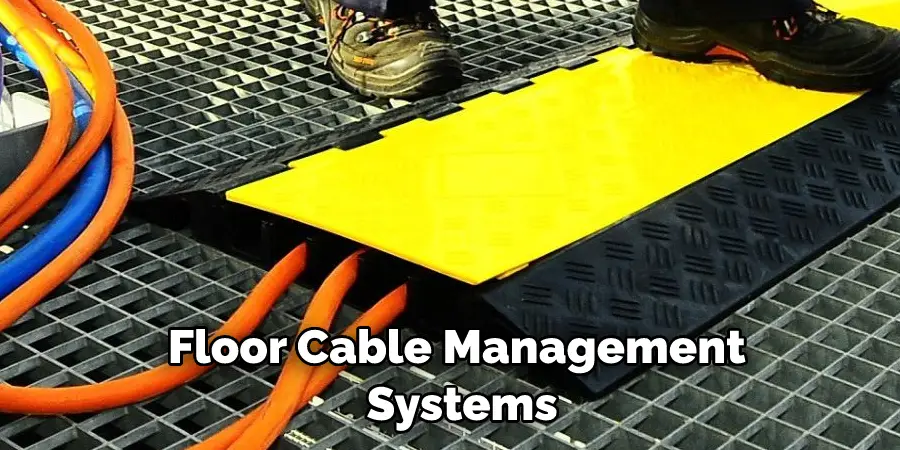
Following these simple tips, you can easily cover electrical cords on the floor and create a safe environment for your family.
Conclusion
While it may be a little extra work to cover your electrical cords, the final look is well worth it. You will not only avoid potentially dangerous tripping hazards but also create an attractive and polished finished product. In addition, using one of the methods outlined in this article on how to cover electrical cords on the floor, you can quickly and easily take care of your cord covering needs.
You can check it out to Unlock a File Cabinet

